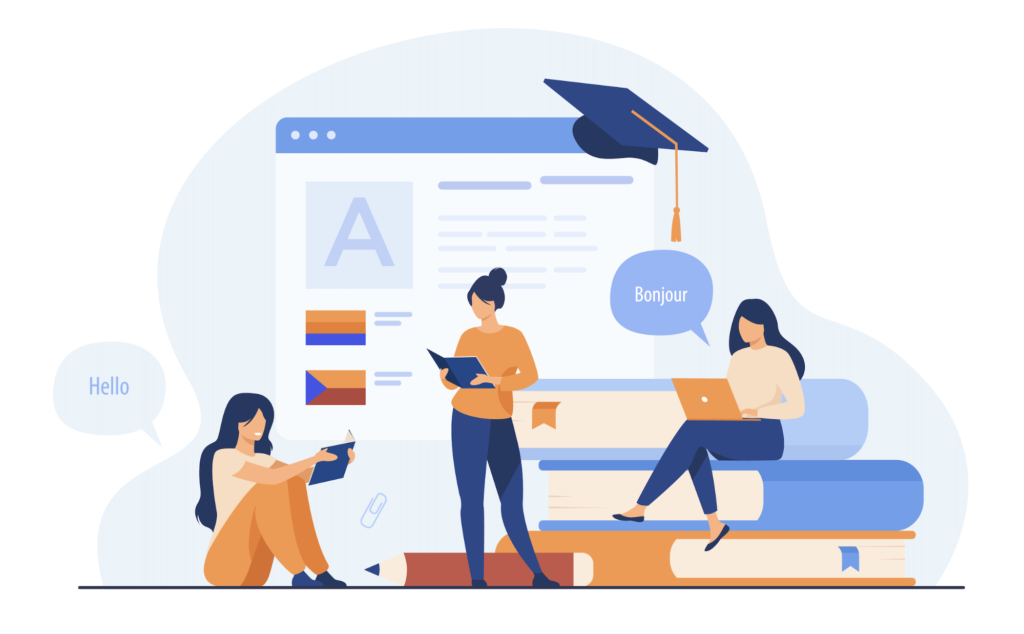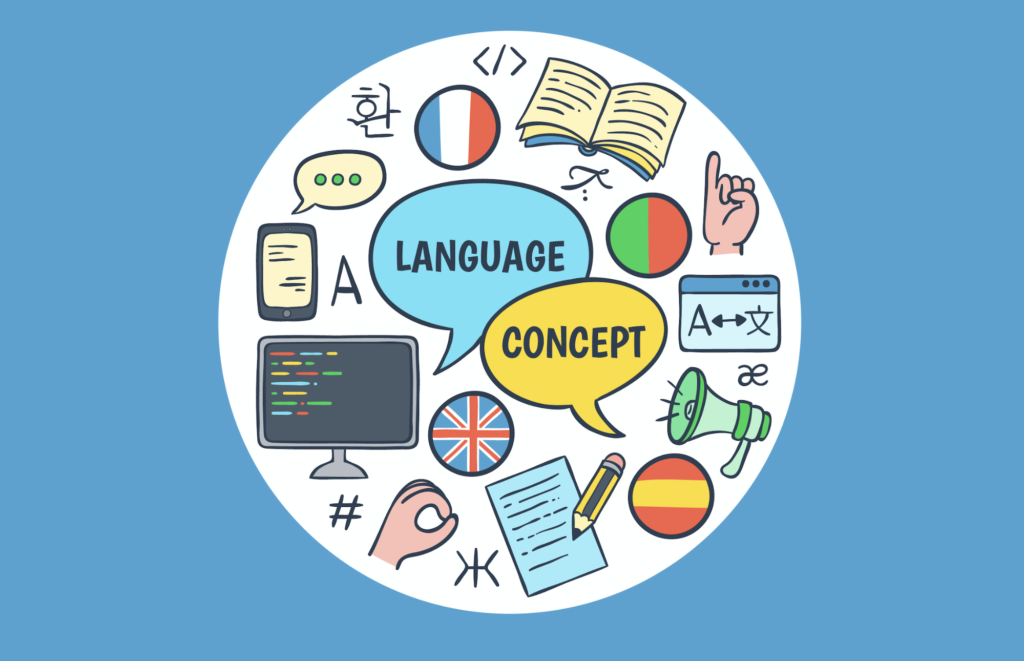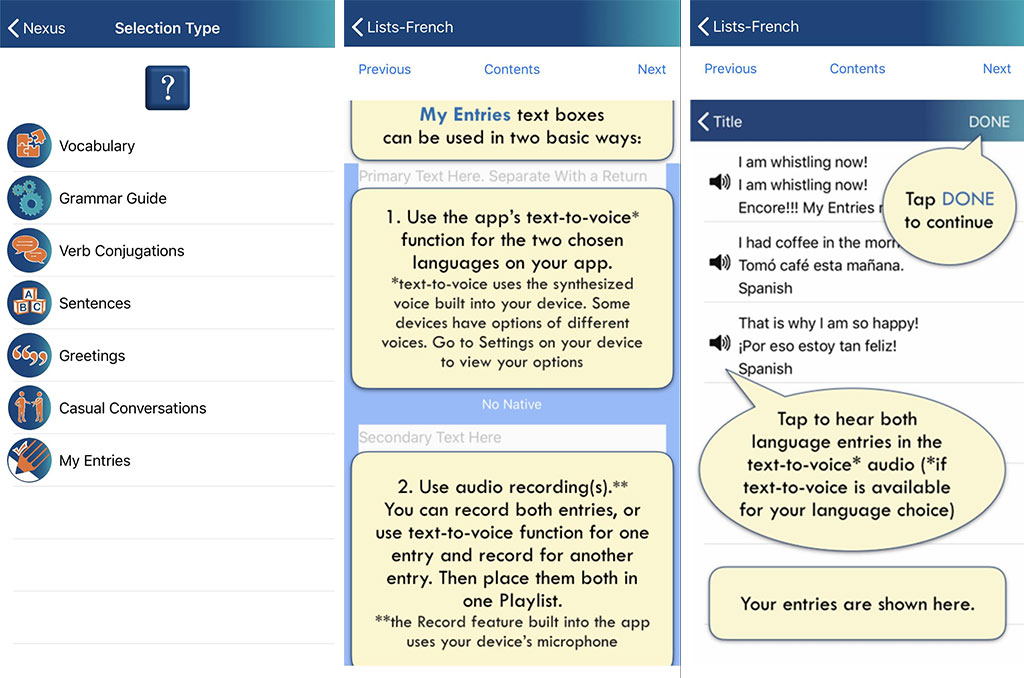Best Language Learning Methods and Teaching Approaches Explained
No two students learn the same way. That’s why language teachers have developed many different methods over the years, each prioritizing different language skills and using different means to help learners master the target languages.
In this article, we’re taking a closer look at the best language learning methods and foreign language teaching methods to help learners and teachers alike understand the variety of different approaches between which they can choose.
Top 6 Best Language Learning Methods and Teaching Approaches
Before we go any further, we should clarify that there’s no method that universally delivers the best results when used in the classroom setting or by learners who are studying a language on their own.
That’s because all language learners (and teachers) are different. Not only that, but they also have different goals and priorities. For example, some learners just want to be able to order a meal in an authentical restaurant while on vacation, while others have far more ambitious goals, such as getting a job in a foreign country. Finding the foreign language teaching method that works best for any individual will be based on how that person learns best, as well as their needs.

Different languages fit better with some language teaching methods and approaches than others as well. The differences between a speaker’s native tongue and the one they are learning can have an effect on which language learning methods will fit the learning best. Someone who speaks English and is trying to learn Japanese might require a different language learning method than if that same person is trying to learn French or Spanish.
The approaches and methods in language teaching that are listed below have been selected based on their popularity among real teachers and their learners. Of course, there are many other language teaching methods that can be just as effective when used appropriately, including the grammar-translation method or audio-lingualism, but most teachers are already familiar with them.
1. Communicative
The communicative approach dominates most classroom-based language classes, and for a good reason. It reflects the fact that most learners are less than fond of boring grammar exercises by stressing the importance of communication.
Learners spend their time making requests, talking about past events, listening to native speakers, or describing images. All of these activities are guided by the goal of producing meaningful communication at all language levels using authentic materials.
Teachers see the communicative approach as one of the best teaching methods in learning new languages because it allows them to take someone with little to no ability to communicate in the target language and make the person comfortable in a variety of real situations in just a few dozen lessons.
2. Total Physical Response (TPR)
In the 1970s, James Asher, a professor emeritus of psychology at San José State University, noticed that young children often respond to verbal commands and instructions by some kind of a physical response.
Here are some examples:
| Command: | Response: |
| Don’t go there! | The child stops. |
| Please raise your hand. | The child raises his/her hand. |
| Smile at the camera. | The child smiles at the camera. |

Asher concluded that children learn their mother tongue mainly by listening and engaging the right brain hemisphere and create the Total Physical Response method, or TRP for short, which combines language with physical movement to maximize learning effectiveness.
TRP is considered to be one of the best methods of learning a language for small children who are just learning basic vocabulary, but it can be used with students of all levels.
3. Natural Approach
This approach shares many similarities with other teaching methods that emphasize communication, such as the communicative approach. The difference here is that communication isn’t the end goal but a means of gradually moving learners closer and closer toward mastery.
The natural approach acknowledges that speech production comes slowly and takes a lot of time to refine. That’s why it’s never forced or met with explicit error correction, drilling, or conscious learning of grammar rules.
Teachers who practice the natural approach to language teaching rarely correct their students’ mistakes, and they never formally teach grammar. Instead, they expose students to as many well-formed sentences as possible and give them time to figure the correct forms on their own.
4. Task-Based Language Learning
In the real world, we don’t use language for the sake of using language. The creators of the task-based approach to learning new languages are aware of this, which is why they believe in the use of authentic language and meaningful tasks. These tasks should be clearly defined and have some sort of knowledge gap for learners to bridge using the linguistic resources they have at their disposal.
N. S. Prabhu, who is responsible for popularizing the task-based approach to language learning, identified the following three types of gaps: information-gap (a transfer of given information from one person to another), reasoning-gap (deriving some new information from given information), and opinion-gap (identifying and articulating a personal preference, feeling, or attitude).
Compared with more traditional approaches and methods in language teaching, the task-based approach offers much broader exposure to language, which arises from the students’ needs—not the content of a coursebook.
5. Mobile-Assisted Language Learning (MALL)
As the name of this modern language learning method suggests, Mobile-Assisted Language Learning (MALL) involves the application of mobile devices in languages teaching and learning. MALL is one of the best language learning methods because it takes advantage of a technology learners already interact with on a daily basis: smartphones and tablets.
This technique is often used by individual learners, but it also has a place in the classroom setting. In fact, there are many reasons for teachers to use a modern language learning app like Encore!!!, which contains a carefully curated library of authentic texts and audio recordings that cover everything from vocabulary to commonly used phrases to grammar.

Unlike traditional textbooks, Encore!!! gives students the freedom to choose what and how they want to learn. Teachers can prepare customized content for students and tell them to add it to the Encore!!! app using the My Entries feature. Alternatively, teachers can use Encore!!! to record vocabulary lessons that can be shared with students using Dropbox and other cloud file hosting services.
6. The Direct Method
The Direct Method for how to teach a foreign language is very similar and shares many similarities with the Natural Approach. The difference between these methods of foreign language teaching is that the Direct Method focuses more on practice. This is very similar to the language teaching methods used in classrooms around the world, where you only speak in the target language and any other communication is done through pantomime, images, and objects.
The Direct language learning method is based on the idea that you are learning in the same way you did as a child, with no prior way to communicate your idea verbally or written. There is no translation performed at all in the classroom, and teachers usually give students a choice for correcting themselves when an error is made. The goal of this language learning method is to get you thinking in the language you are trying to learn, rather than just trying to translate from one word to another at any given time.
Of all of the possible language teaching methodologies, the Direct Method is the one that has been adopted by the U.S, State Department as well as some of the top international schools in the world.
Conclusion
At the end of the day, even the most effective methods of learning foreign languages and the best language learning apps, such as Encore!!!, are effective only when used on a regular basis with a clear goal in mind. Dedication and consistency in your study makes the difference for turning any language learning methods from an old beat up car into a luxury SUV carrying your education speeding towards success.
A combination of language teaching approaches will often have the best results, as you combine the methods that work best for you and your learning style. Encore!!! is a fantastic addition to whichever methodology is used!
FAQ
What is the best language learning method?
There is no single best language learning method that can be universally applied to everyone and deliver the same excellent results. In reality, fluency can be reached the quickest when different methods of learning new languages are combined together in such a way that they reflect the uniqueness of each learner, including their goals, priorities, and motivations.
What is the TPR method of teaching?
TPR, or total physical response, was developed by James Asher, a professor emeritus of psychology at San José State University, who wanted to mimic the way that infants learn their mother tongue by combining verbal input with physical movement.
What is the natural approach to language teaching?
Inspired by natural language development in children, the goal of the natural approach is for language output to emerge spontaneously over time. To achieve this goal, the natural approach places less emphasis on grammar drills and more emphasis on verbal communication.
What is the difference between a method and an approach in language teaching?
Essentially, an approach deals with the nature of language itself and why it should be taught a certain way, while a method puts this theory into practice by specifying concrete procedures and techniques.

